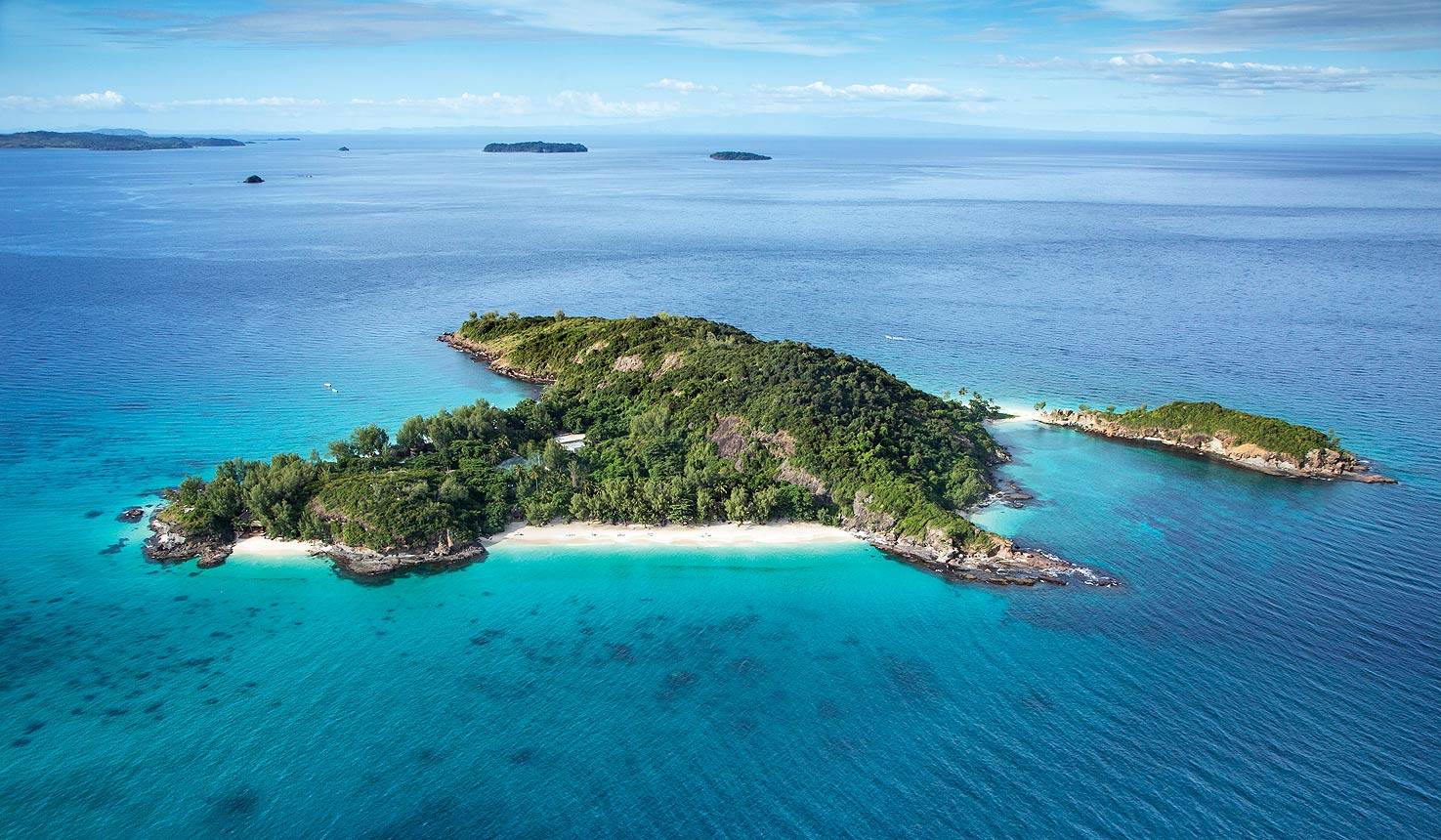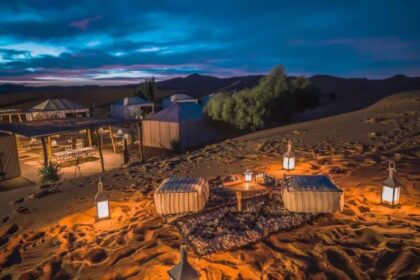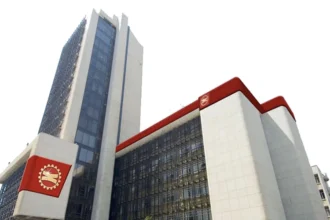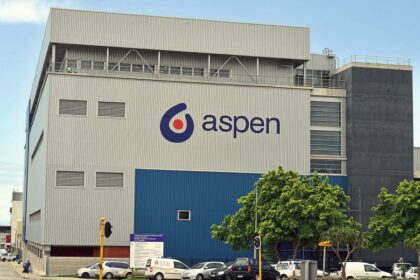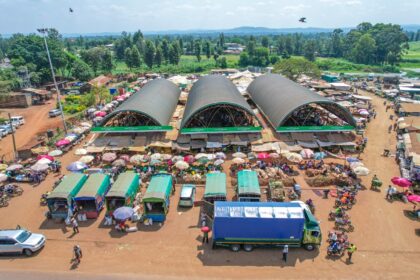At a Glance
- Madagascar, Africa’s largest island, is renowned for its unique biodiversity, rich cultural heritage, and growing tourism and agriculture-driven economy.
- Zanzibar thrives on spice exports and tourism, blending African, Arab, and Indian influences in its culture and architecture.
- São Tomé and Príncipe prioritize eco-tourism and sustainable development, preserving marine life and rainforests while supporting local livelihoods.
Africa’s offshore islands, scattered along its coasts, are among the continent’s most fascinating geographical features. From Madagascar to the Seychelles, these islands boast a rich cultural heritage, unique ecosystems, and significant economic potential.
Playing a crucial role in marine biodiversity, they provide habitats for endemic species while serving as key economic hubs for fishing, tourism, and resource extraction. Many also hold deep historical significance, preserving indigenous traditions and colonial legacies that date back centuries.
Despite challenges like climate change, infrastructure limitations, and economic dependency, these islands offer immense opportunities for sustainable growth.
Investments in eco-tourism, marine conservation, and responsible resource management can ensure long-term prosperity while protecting their fragile environments.
With the right balance of economic ambition and environmental stewardship, Africa’s offshore islands can continue to thrive as centers of biodiversity, culture, and economic progress, securing a sustainable future for those who call them home.
Shore Africa explores the top 10 largest off-shore islands in Africa, highlighting their geographical features, economic activities, cultural significance, and opportunities for sustainable development.
- Madagascar (587,041 km²)
Madagascar, the world’s fourth-largest island and Africa’s largest offshore landmass spans approximately 587,041 km² in the Indian Ocean off Africa’s southeastern coast.
Renowned for its unparalleled biodiversity, over 90 percent of its wildlife is found nowhere else on Earth, making it a global conservation priority.

The island’s economy relies on agriculture, mining, and tourism. It is a leading producer of vanilla, cloves, and coffee, supporting thousands of farmers.
Madagascar is also rich in minerals, with nickel, cobalt, and sapphire mining playing a crucial role in national revenue.
Ecotourism continues to expand, attracting visitors to unique landscapes such as the Avenue of the Baobabs and the pristine beaches of Nosy Be.
Culturally, Madagascar reflects a blend of African, Asian, and European influences. The Malagasy people have preserved centuries-old traditions, including music, dance, and cuisine. Historical landmarks like the UNESCO-listed Royal Hill of Ambohimanga highlight the island’s regal past.
Once a vital trade hub between Africa and Asia, Madagascar remains a cultural and ecological treasure, balancing economic growth with conservation efforts.
- Zanzibar (1,658 km²)
Zanzibar, a semi-autonomous archipelago of Tanzania, spans approximately 1,658 km² in the Indian Ocean.
Known as the “Spice Island,” it has long been a center of global spice production, exporting cloves, nutmeg, cinnamon, and black pepper.
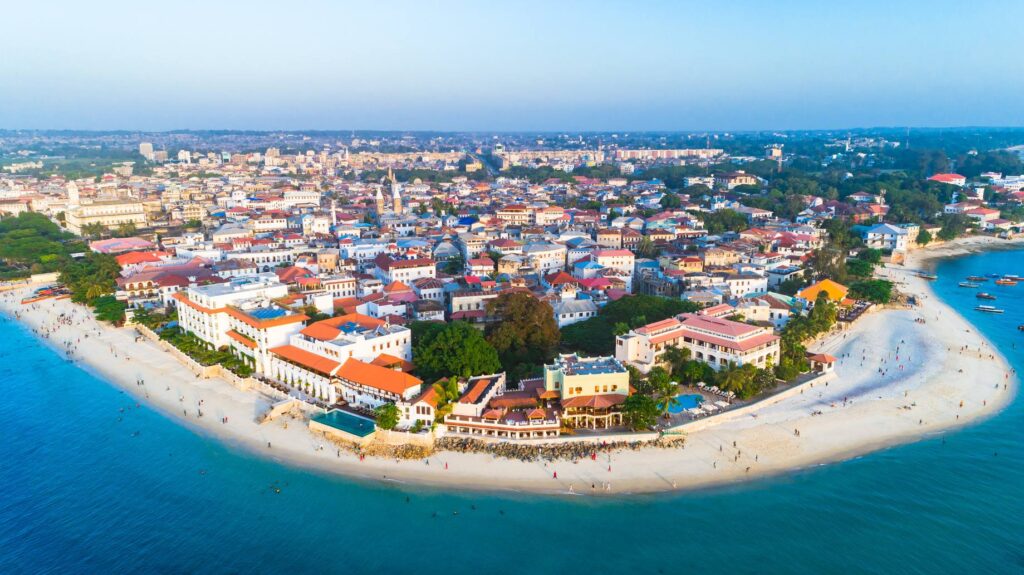
Tourism is the backbone of Zanzibar’s economy, drawing millions to its pristine beaches, vibrant marine life, and historic Stone Town, a UNESCO World Heritage Site.
Fishing and agriculture also play vital roles, providing livelihoods for thousands.
Zanzibar’s history is deeply tied to trade and colonialism. Stone Town’s architecture reflects centuries of African, Arab, Persian, and European influences, showcasing its role in ancient trading networks.
The island also played a significant part in the East African slave trade, with historical sites preserving this legacy.
A cultural crossroads, Zanzibar blends African, Arab, and Indian traditions, evident in its cuisine, music, and festivals. Its strategic location and rich heritage continue to make it a captivating destination for tourists and historians alike.
- São Tomé, São Tomé and Príncipe (964 km²)
São Tomé, the larger of the two main islands in São Tomé and Príncipe, spans approximately 964 km² in the Gulf of Guinea off the coast of Gabon.
Known for its volcanic landscapes, lush rainforests, and scenic coastlines, the island remains a hidden gem for nature lovers.
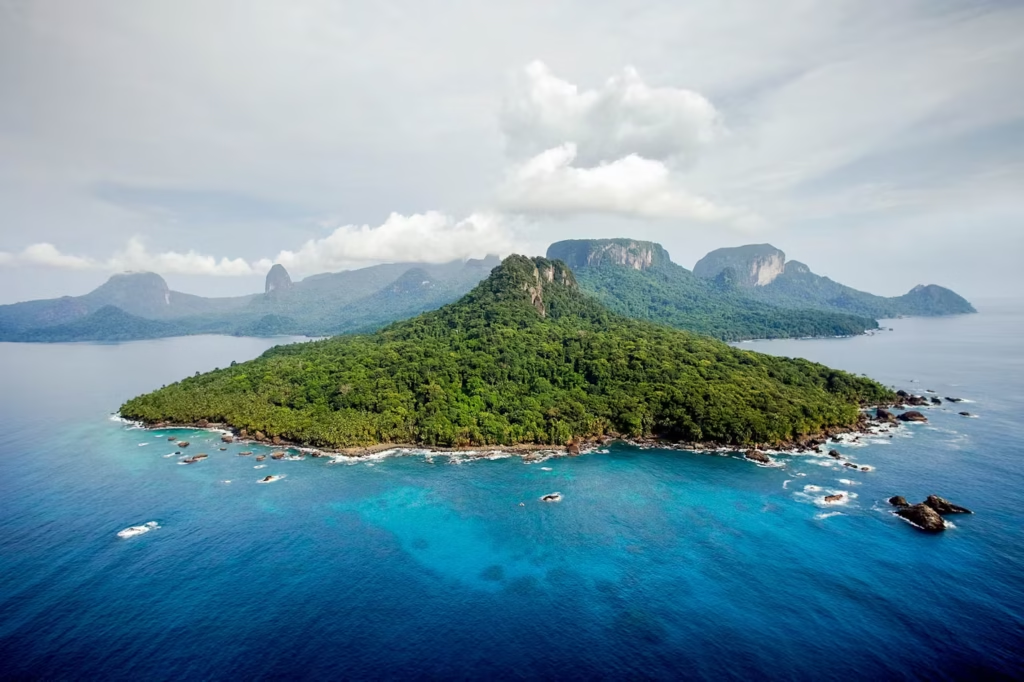
Agriculture, particularly cocoa production, has long been the backbone of São Tomé’s economy, once making it the world’s leading cocoa producer.
In recent years, the country has explored offshore oil reserves while expanding its tourism sector, with eco-lodges and national parks attracting visitors seeking unspoiled beauty and adventure.
Culturally, São Tomé blends Portuguese, African, and Creole influences, reflected in its music, dance, and cuisine.
The island’s historical sites and traditional fishing villages preserve its rich heritage, offering a unique glimpse into its colonial and maritime past.
4. Príncipe (São Tomé and Príncipe) (136 km²)
Príncipe, the smaller of the two main islands in São Tomé and Príncipe, spans approximately 136 km² and is a UNESCO Biosphere Reserve.
Known for its untouched rainforests, endemic wildlife, and pristine beaches, the island is a haven for conservation and sustainable tourism.

Its economy relies on eco-tourism, organic cocoa farming, and traditional fishing, with a strong emphasis on environmental preservation.
Conservation initiatives and eco-lodges play a vital role in maintaining its natural beauty while supporting local communities.
Once an important stop for Portuguese explorers, Príncipe retains a rich cultural heritage that blends African and European influences. Its small but vibrant population continues to uphold traditional fishing and agricultural practices, preserving the island’s unique identity.
- Bioko, Equatorial Guinea (2,017 km²)
Bioko Island, spanning approximately 2,017 km², lies off Equatorial Guinea’s coast in the Gulf of Guinea.
It serves as the nation’s political and economic hub, housing the capital, Malabo, which blends colonial-era architecture with modern infrastructure.

The island’s economy is primarily driven by oil production, making it one of the region’s wealthier territories, though agriculture and tourism also play significant roles.
However, heavy reliance on hydrocarbons raises sustainability concerns.
Bioko’s volcanic landscapes, dense forests, and rich biodiversity support unique primates and bird species.
Historically a major slave trading post, the island reflects cultural influences from the indigenous Bubi people, Spanish colonial rule, and African diaspora communities.
- Fernando Póo (2,225 km²)
Often confused with Bioko, Fernando Póo was the historical name of Bioko.
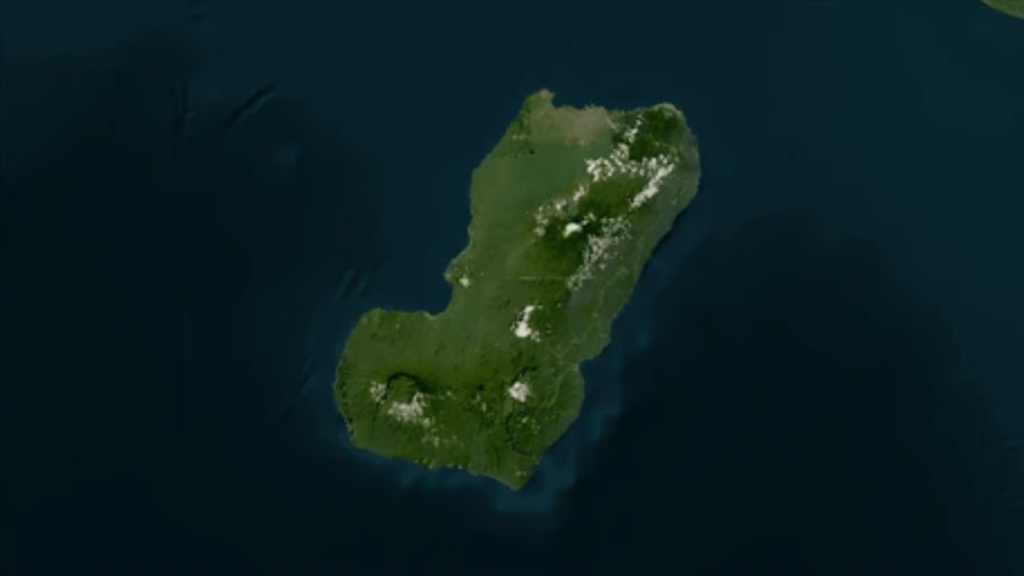
The island remains one of the most significant economic hubs in the Gulf of Guinea, primarily due to oil exploration and exportation.
- Grande Comore (1,147 km²)
Grande Comore, the largest island in the Comoros archipelago, features stunning volcanic scenery, including Mount Karthala, an active volcano.
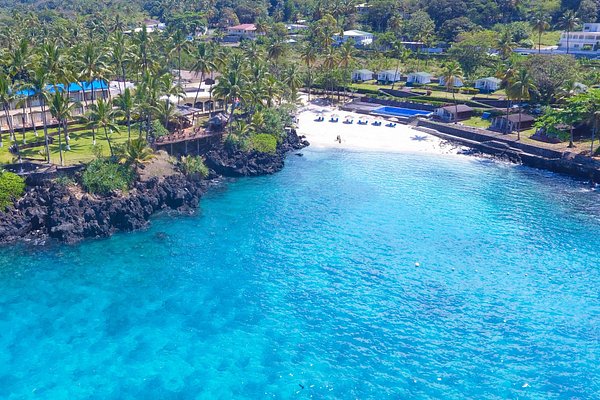
The island’s economy is based on agriculture, fishing, and tourism. It is one of the world’s leading producers of ylang-ylang, used in perfume production.
- Anjouan (424 km²)
Anjouan, another island in the Comoros, is known for its rich agricultural output, including vanilla, cloves, and ylang-ylang.
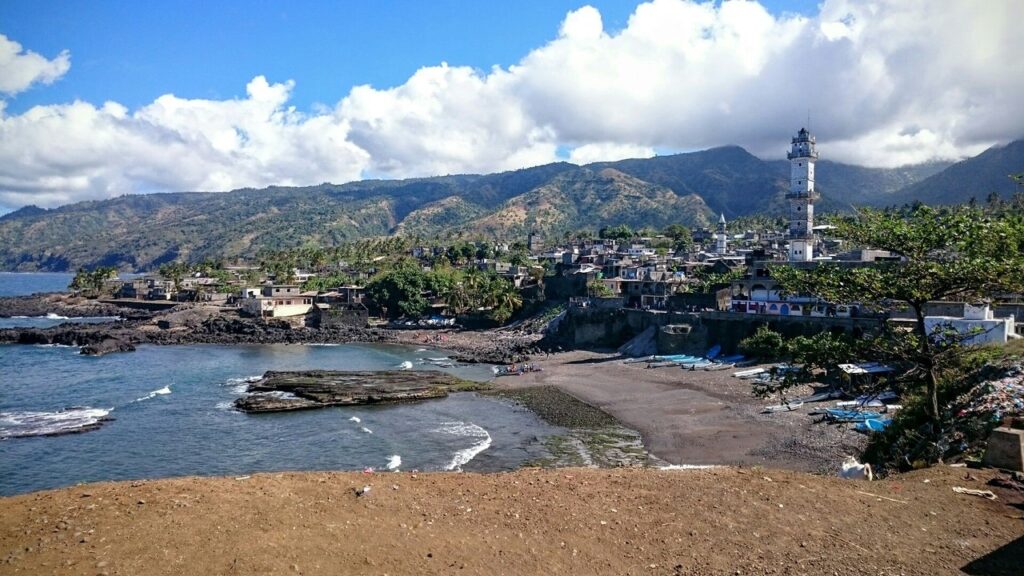
Tourism is slowly developing, with visitors drawn to its scenic waterfalls, lush landscapes, and traditional villages.
- Mohéli (290 km²)
Mohéli is the smallest of the three main Comoros islands but boasts the most unspoiled environment.
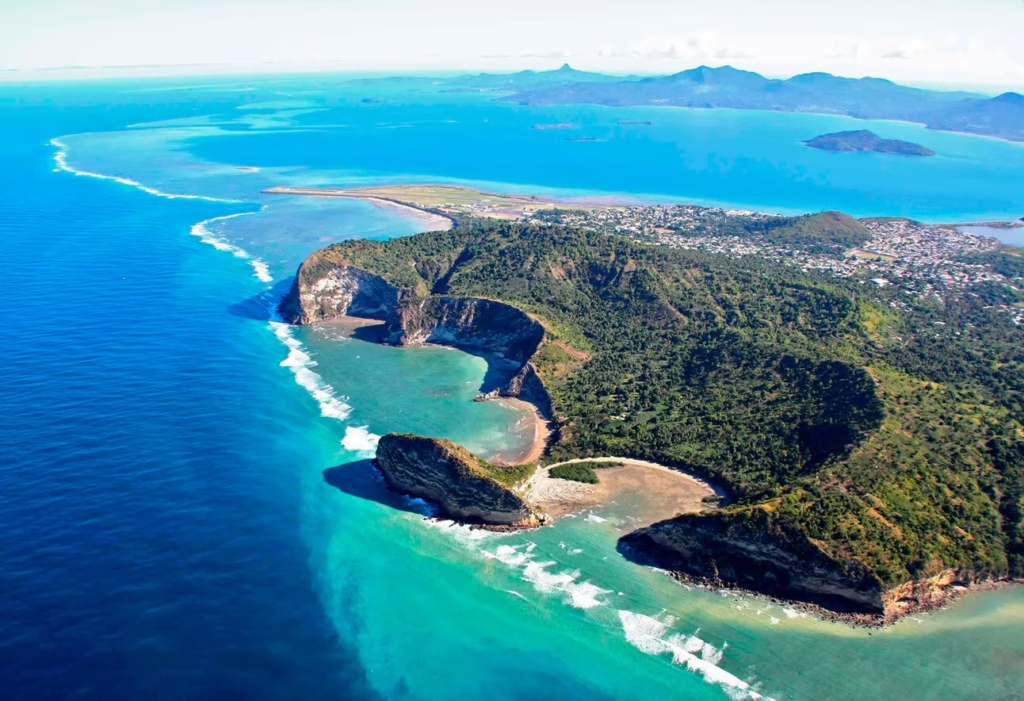
The Mohéli Marine Park is a critical conservation site for sea turtles, dugongs, and coral reefs.
- Mafia Island (435 km²)
Mafia Island, off the coast of Tanzania, is famous for its marine biodiversity and vibrant coral reefs.
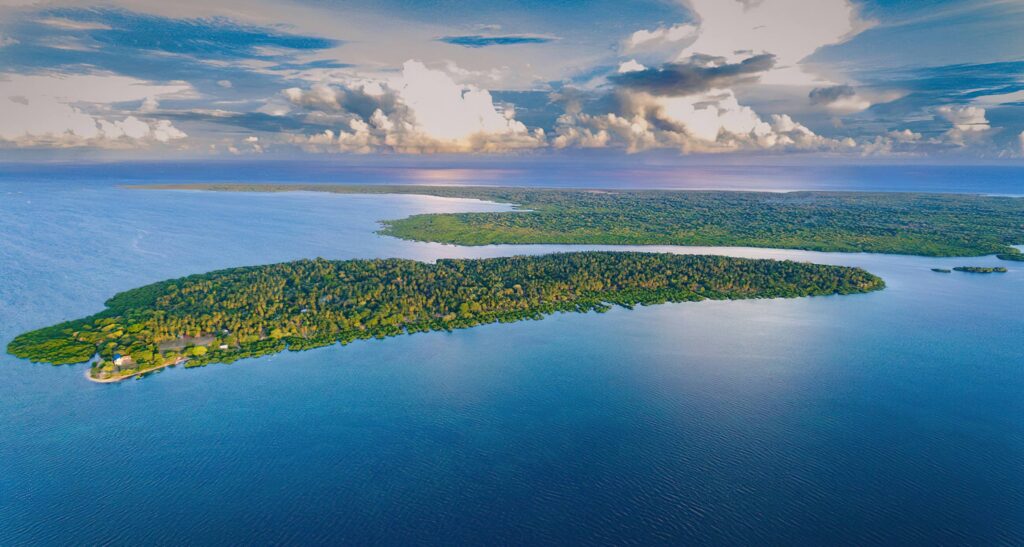
It is a premier diving destination in East Africa and is part of a marine protected area, ensuring sustainable tourism.

